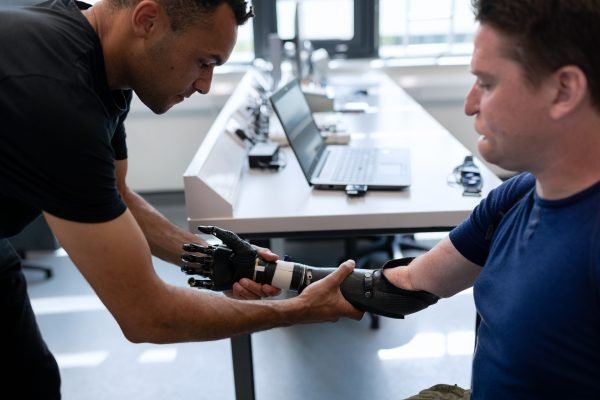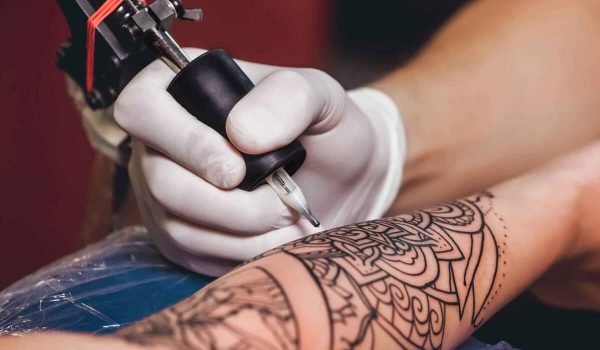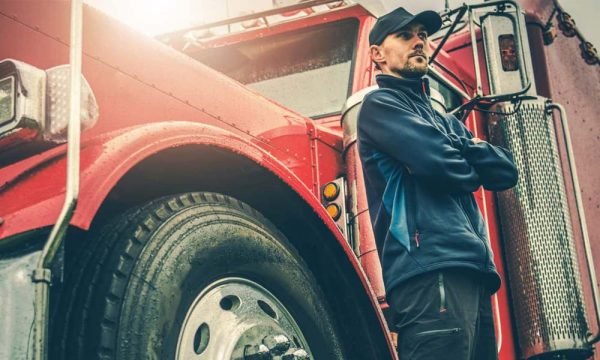Flexibility can be considered a blessing for people and can gain with the help of Yoga poses. To perform yoga, you don’t need to be an expert in moving or stretching your hands or legs, but yoga training for beginners also makes it possible to reach the highest flexibility level. Before going to recommended yoga for beginners, it is a must to first learn about flexibility and how beginner’s yoga training supports them to build inner strength and flexibility.
Flexibility term can be understood as the ability of a joint or series of joints to move through an unrestricted pain-free way. Although flexibility depends on person-to-person, higher flexibility always supports reducing fatigue or joint pain in the body.
Table of Contents
Why is flexibility so important for you?
Flexibility is considered a key element for building physical fitness. Doing cardio or strength training is usually preferred by people to shape their body in a certain way, but when it comes to stretching for gaining flexibility.
They avoid doing so due to flexibility require handling of pain or concentration to perform certain poses. The result of flexibility tends to be long-lasting and develop a sense of energy or strength that does not feel tired even with long working hours in a day.
The role of yoga is vital for boosting flexibility. Practicing yoga doesn’t matter whether you are young or old, overweight or fit; it helps you improve your inner strength level, resulting in higher flexibility. Embracing a Yoga routine may help you to build both physical and mental power.
Likewise, you can hold body stretching maximum time and be able to control the pain as well. This slowly leads to improvement in flexibility and boosts your energy level without feeling lethargic. Don’t be intimidated by fancy Yoga studios and complicated poses. Yoga has always been started with just moving simple hands or legs, and initially, it shows the best result; and after making a yoga routine, you can also be reached towards the intermediate or advanced level.
Yoga for beginners commonly covers basic poses like plank, mountain pose, child pose, downward-facing dog, etc. Yoga made it simple for beginners to move their joints on the unrestricted area without any problem of discomfort.
5 Poses of Yoga that you definitely need to know for gaining flexibility:

- Child Pose
This pose is also considered a pause position that makes you calm down before continuing towards the next pose. This one is also good for starting yoga in the morning. It works as a warm-up by stretching your lower back, hips, thighs, knees, and ankles and relaxing your spine, neck, & back muscles.
- Downwards-facing Dog
The downward-facing dog pose is the best for strengthening your arms, shoulders, or back. It gives strength in your hands to hold the upper body weight and is also good for relief from back pain.
- Plank Pose
This is the common exercise that you can do to tone your abs or build strength in your upper body. This pose is also effective in the core, like shoulders, arms, or legs. It is effective to learn to balance or improve stretching.
- Cobra Pose
This back-bending pose allows you to strengthen your back muscle and increase the spinal and stretches the chest, shoulder, and abdomen helps you to reduce the chances of pain in the upper body.
- Tree Pose
This pose is the best one to learn about balancing as standing on a single leg helps you to improve concentration level and your core ankles, calves, thighs, or spine. It is great for working your balance and posture. This pose will help you to do other poses like plank, cobra in a proper manner without being misbalance.
To gain expertise in these poses, you will need to practice at least 2 to 3 months of regular daily exercise. It is a must for you to respect your body by giving it attention daily for enough time, i.e., 10 to 30 minutes daily. Then slowly and steadily, you can reach out on the intermediate level with 40-minute practice. It also helps you to bring improvement in your posture as don’t force your body to get a certain pose as it can have a long-term internal injury.
What are the decisions that help you to improve flexibility?
There are two key decisions that assist you in doing perfect yoga poses. These ones are the selection of the best yoga wheel or mat.
- Yoga Mat Benefits
Yoga Mat Selection:
It is one of the important steps for beginners that need to be done before the start of yoga. The selection of mat is necessary because now the market is flooded with multiple options. It depends on the individual what they pick and reliable for them. There are a few factors consideration would help you to pick the best one.
Extra thick yoga mat:
The ideal thickness would be 4mm. It could help beginners to have fewer chances of injury due to extra thickness. If you go to the standard yoga mat, then 3.3mm would also be comfortable.
Foldable travel yoga mat:
The rubber-made mats are easy to fold or carry anywhere. It allows you to work out at the park or even home with a lot of ease.
- Yoga wheel benefits
Yoga wheel selection: – It is a prop that helps you to do stretching and improve flexibility. However, the selection of the Yoga wheel is important as it guides you to improve overall posture. The wrong selection of wheels can also result in back or neck pain. The ideal wheel would be 12 diameters as it helps you to do deep stretch.
Benefits of yoga wheel:
- It lowers the stress or anxiety
- It improves posture and spine flexibility
- It stretches out abdominal muscles
Summary
The best yoga pose for flexibility is those which are done regularly. There is various muscle groups exercise mentioned above to give you a learning experience. Plank pose, Leg raises, Downward Dog pose are the ones that help you to strengthen your muscles or bring out all negative energy from your body. Thus, it can say that yoga has the power to shape up your body with physical and mental power, and each pose consists of a deeper stretch which gives you flexibility for the long run.





